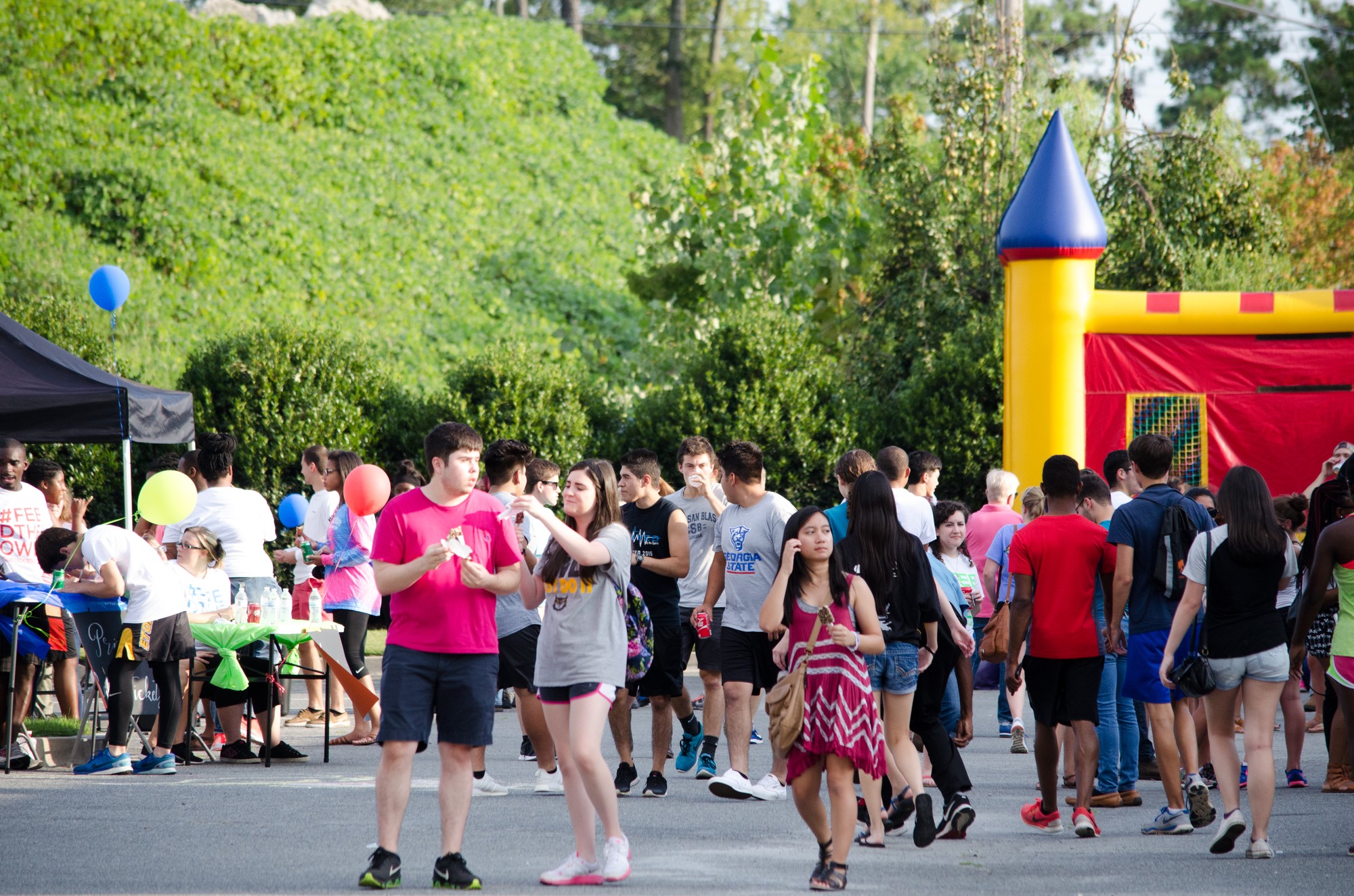El Día de los Muertos is a Mexican holiday that falls on the first and second days in November where people – predominately those of Mexican heritage – celebrate and honor their deceased loved ones with food and displays of representative mementos.
It is a prominent tradition and many spiritual people believe the dead will visit or be close to them that day. For others, it is simply a nice way to remember those who are no longer among the living.
During this time people construct elaborate and purposeful altars inside their homes, according to Mexican blog and retailer Artelexia. Usually, a table or flat surface is adorned with things that are representative of the deceased: a photo of them, their favorite flowers, alcoholic drink, toys and/or something that is indicative of who they were.
Almost every altar is distinct to the person they are commemorating; however, there is a sense of likeness based on how the offerings – called ofrendas – exhibit the deep affection and love that is felt for the dead.
The bright colors from the flowers, fruits, pan dulce and decorations, complimented by the candlelight that uplifts people’s moods and welcomes the deceased with open arms, is what makes this holiday so contagious with many celebrants throughout the world.
Food is another essential part of this celebration that shows respect and consideration toward those who have passed. Food represents an offering to them and a symbol of being regardful and gracious.
For sophomore Alonso Perez, his family keeps the altar up throughout the year to pay respect to both of his grandfathers. The only thing they do differently on the Day of the Dead is put out food and drinks and light a candle for each of his grandfathers.
“My family is part of the Otomi people, indigenous people of Mexico, so zacahuil (a giant tamale filled with meat) is presented and made for this occasion,” Perez said. “The choice of meat is decided by the dead…meaning that the person’s likes and preferred selections would be kept in mind.”
These mindful and deliberate choices made during this holiday also demonstrate a form of selflessness and generosity that is prevalent among Latin American communities.
For Micheal Jasso, President of Kennesaw State’s Organization of Latin American Students, his family did not necessarily make ofrendas. Instead, they attended a special church service in the morning to celebrate this day.
For him, taking part in any of the day’s celebrations helps people honor the legacy of those who have passed so they are not forgotten.
“To the Latin community, this is a great, healthy way to deal with grief,” Jasso said. “It teaches people that death isn’t the end of the story and that there are people still alive that’ll continue to live for you.”
This year, OLAS participated in a two-day event on Nov. 1 and 2 hosted by the Recruitment, Retention, and Progression to Graduation (RRPG) program for Hispanic and Latinx students who invited them to table and host activities: constructing paper flowers and papel picado banners.
“During the tutorial, we explained the significance of the three common flower colors used on ofrendas,” Jasso said. “Cempaźuchitl: the vibrant yellow-orange hues of the marigold flower suggest a guide for the spirits to the mortal world. White represents the sky and purple is the traditional color of mourning in Mexico.”


